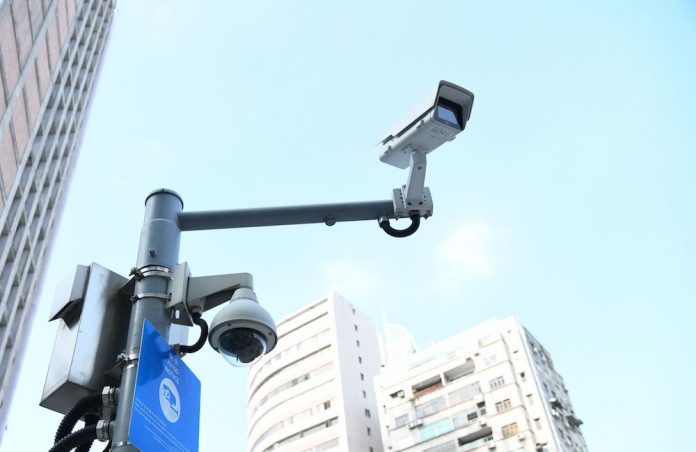The Unitary Police Service (SPU) announced today that it has completed the first phase of testing initiated in August for facial and license plate recognition through the local video surveillance system in public areas.
According to police authorities, some 100 surveillance cameras were selected for the tests, with 50 selected for facial recognition tests and 50 for vehicle license plate tests.
‘After evaluation, it was found that the tested techniques effectively accelerate the recognition of images of suspicious individuals and vehicles, having reduced the necessary research time in relation to the traditional way, and achieving satisfactory results in terms of strengthening the effectiveness and efficiency of police work,’ the SPU added.
These tests included the insertion of data from suspicious individuals or vehicles (simulated) to a background server to check if there are match-ups in the recordings of the ‘Eyes in the Sky’ system, which are then manually checked for confirmation purposes.
The SPU underlined that these tests were carried out only after obtaining the proper authorization from the Office for Personal Data Protection (GPDP), and again asserting that a ‘background’ face recognition system, in which data is stored in separate servers, has been used for the testing,
The next phase of these tests, which are scheduled to start at the end of October, will include 100 more cameras to collect more data for reference., with the tests due to be completed by the end of this year and an evaluation report then published.
Local authorities plan to have a total of 2,600 surveillance cameras installed in the city by the end of 2023, and 4,200 by 2028.
The first three phases of the video surveillance system have already guaranteed the operation of 820 cameras in 2016 and 2018, which according to the authorities contributed to support 5,082 investigations of cases ranging from homicide, drug trafficking and arson, to theft, scams and assault.
The remaining phases of the ‘Eyes in the Sky’ project will expand in 2022 and 2023 the video surveillance system to areas with a high concentration of people, in the new reclaimed areas, border checkpoints and urban areas, namely close to schools and public transport stations.
Police authorities have argued the traditional police work of researching surveillance footage for the purpose of investigating cases, namely the identification of clues, is carried out manually, implying the application of a large number of human resources and time, affecting the speed of the investigation.
The SPU has also indicated that data collected by ‘Eyes in the Sky’ surveillance camera system will only be kept for a maximum of 60 days and then automatically destroyed.




















